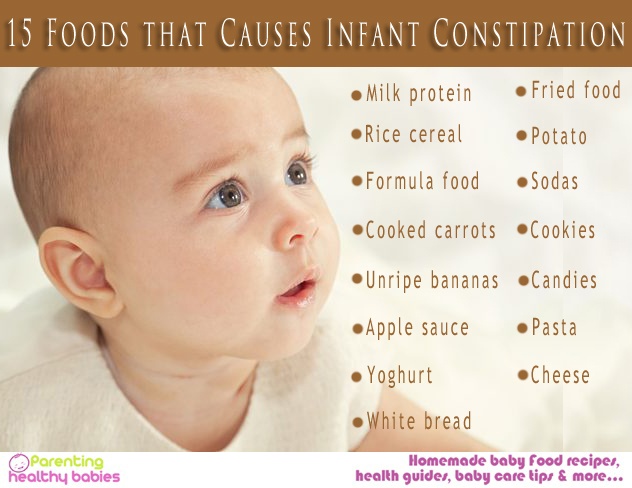Eye twitching can seem like a serious thing in healthy young children and a quick search on the internet can yield scary results. Worry not! Here’s everything you need to know about eye twitching.
What is it, firstly?
An eyelid twitch (also called myokymia) is a repetitive and involuntary spasm of the eyelid muscles. Twitches are relatively common in childhood, especially between the ages of six to twelve years. While eye-blinking and eye-winking twitches are well recognised, eye-movement twitches are not.
Read More: How to Get Rid of Under Eye Bags in Kids: Cause and Home Remedies
What’s the difference between a tic and a twitch?
A tic is a repetitive action with numerous occurrences of that action. Someone with a tic might blink their eyes multiple times. Tics are often classified not as involuntary movements but as involuntary movements. This means that people can resist the actions for a time. The suppression, though, results in discomfort that grows until it is relieved by performing it. Typically, tics involving muscles are motor tics.
A twitch refers to the majority of muscle twitches are isolated and random occurrences, not repeated actions. Muscle twitches are also known as ‘myoclonic jerks’. They are completely involuntary and cannot be controlled or suppressed.
How do I distinguish it from regular eye movements?
Eye twitches are brief and sudden unwanted, repetitive movements. They can be called spasms of the motor nerves in the eyelids.
Read More : Pink Eye in Babies: Symptoms, Causes, Treatment and Prevention
A Guide for Eye Twitiching in Children
What causes eye twitching?
Eyelid twitches may worsen by having dry eyes. They may also be worsened by the following:
Is it common?
Twitches do typically become apparent between the ages of 6-7 years and peak around 10-12 years. Anywhere between 50-80 percent of school-age children with persistent tics will see them disappear before reaching adulthood and usually going away during adolescence.
Read More : 11 Home Remedies for Treating Swollen Eye in Children
Are eye twitches accompanied by any other complications ?
Rarely will eyelid spasms be a symptom of a more serious disorder. When eyelid twitches are a result of these more serious conditions, they’re almost always accompanied by other symptoms, such as:
- Dystonia causes unexpected (and uncontrolled) muscle spasms and the affected area’s body part to twist or contort
- Multiple sclerosis (MS), which is an affliction of the central nervous system that causes cognitive and movement problems, as well as fatigue
- Intense fatigue and eye strain
Read More : 11 Foods to Improve your Child’s Vision
What are the different kinds of diseases associated with eye twitches that affect kids?
There are several things that twitches could be a symptom of, including:
- Blepharospasm means that the muscles of one or both eyelids are twitching uncontrollably. This often occurs repeatedly over a sustained period of time. Rarely do they increase in severity and involve other body parts such as the eyebrows, mouth and nose. However, this is often the most common
- Transient tic disorder most commonly appears in youth for several individuals. It affects about 5% to 25% of school-age kids. Transient tic disorder is defined by the presence of one or more tics for at least one month but less than one year. Studies show that a majority of twitches that are seen in this disorder are motor tics, though vocal tics may also be present.
- Tourette’s syndrome is a syndrome that is the most severe tic disorder and it is usually characterized by the presence of both motor tics (eyelid spasms) and vocal tics (involuntary sounds made by spasming vocal cords). It’s symptoms typically start when children are between ages 5 and 18 years. The severity of Tourette’s syndrome frequently changes over time. There may be episodes of reduced tic frequency followed by a heightened increase in activity. Fortunately, studies show that many people with Tourette’s syndrome find that their condition improves greatly as they get older.
When should I go to the doctor?
Eye twitches would rarely be serious enough to require emergency medical treatment. However, chronic, or serial, eyelid spasms may be a symptom of a more serious brain or nervous system disorder. The following symptoms are a sign of emergency medical treatment:
- The eye appears red, swollen or has an unusual discharge
- Twitching continues for several weeks
- Twitching begins affecting other parts of your face
How are these disorders treated?
The treatment for twitch disorders depends on the severity of the condition. In many situations, no treatment is needed at all and the twitches will resolve themselves on their own.
In some cases, doctors may suggest behavioral therapy, medication, or a combination of both. Behavioral therapy helps people manage their symptoms and reduce it’s frequency. Medication is typically used to reduce the frequency of twitches and help a person cope with their daily life.
To ease the twitching at home, you may want to try the following:
- Keep your eyes lubricated with eye drops
- Drinking less caffeine
- Apply a warm compress (place a warm towel or cloth) to your eyes when an episode begins
Ultimately, consult your physician if you feel that eye twitches continue to worse over time. But do maintain careful observation over your child, as this will help the doctor make an accurate prognosis. Since the patient is a child, most likely it will just remain an eyelid twitch.
Sources
https://www.allaboutvision.com/conditions/eye-twitching.htm
https://www.mdedge.com/psychiatry/article/63844/somatic-disorders/children-tic-disorders-how-match-treatment-symptoms













